PROFITIP
TROUBLESHOOTING STARTING PROBLEMS
As a rule, starting problems often become noticeable before the total failure of the starter and on-board battery as follows:
- The starter (starter motor) works only sluggishly and can no longer start the engine.
- Often the noise the starter makes when trying to start the engine indicates that the battery is weakening.
- The charge indicator light begins to flicker.
- In the worst case, only a "clack" can be heard when starting the engine, triggered by the magnetic switch on the starter (starter motor). As optimists, we do not want to assume that this is the case!
These are all warning signs - if you don't ignore them now, but react in time, you can usually avoid or remedy an annoying battery breakdown. Just follow our information path now.
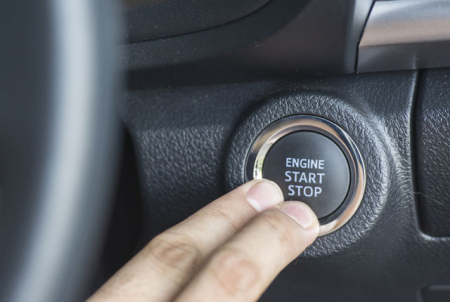
After starting the engine: So after turning the ignition key or simply pressing the start-stop button (with keyless-GO start function).
Scenario I: All lights in the cockpit remain off.
Possibility 1: Have you left electrical power consumers such as lights or radio on overnight?
Battery is then only discharged. Proper jump starting with a Banner Booster and recharging the battery with a suitable charger - such as the Banner Accucharger - should be sufficient.
Possibility 2: You have not started any electrical power consumers.
After jump starting and recharging the battery, it quickly loses power again. Battery is probably defective and needs to be replaced. PS: A battery test in your trusted workshop provides reliable information about the condition of the battery and the vehicle electrics (e.g. regulator voltage).
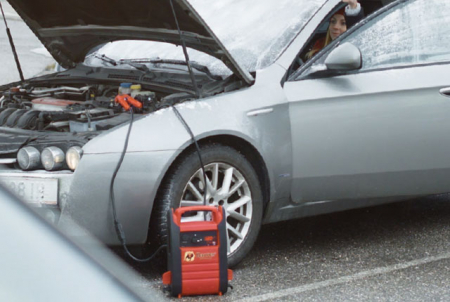
Scenario II: Cockpit lamps light up, but starter (starter motor) does not turn.
Possibility 1: Battery too weak. Jump-start and charge with a charger.
If the battery discharges again within a short time, look for hidden consumers.
Troubleshooting tip: Switch off the ignition, measure the current at the battery. Pull one fuse after the other until the cause (culprit) is found.
If this seems too complicated, visit your garage for this check.
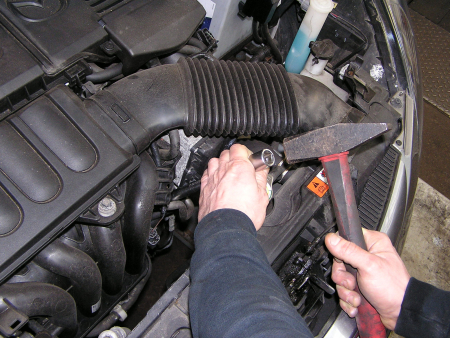
Possibility 2: Starter (starter motor) hangs, solenoid switch does not work. A symptom of this: The battery has sufficient power. Lights, fan etc. work perfectly.
A measured blow on the starter's magnetic switch can work wonders and often ensure a successful engine start.
In the worst case, this method may work only once and the solenoid switch or the entire starter will have to be replaced.
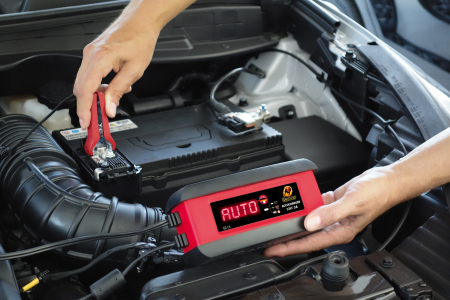
Scenario III: Cockpit lights are on, starter motor only starts the engine tiredly.
Possibility 1: Many short trips. Driving distance is not sufficient to fully charge the battery.
Switch off electrical power consumers that can be dispensed with. Drive a longer distance - if you are planning to do so anyway or, even better, charge the battery at the charger in an environmentally friendly way.
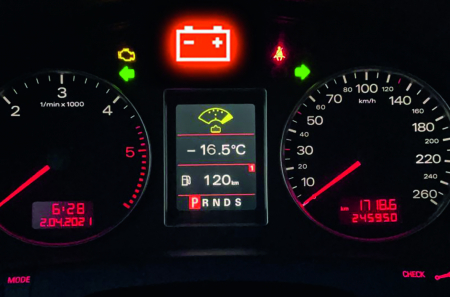
Possibility 2: The charge indicator light flickers or lights up continuously.
The regulator in the alternator could be to blame; if possible, have it checked and replaced at the workshop.
Test for worn carbons: If the light goes out after a light tap on the regulator, the carbons are worn out.
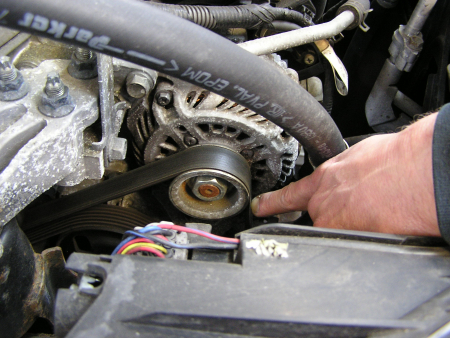
Possibility 3: V-ribbed belt squeals and the alternator (generator) cannot provide full power.
Tension or replace the V-ribbed belt and check the alternator for smooth running. In most cases, this is done by a specialist in the workshop.
A quick word about the V-ribbed belt: One day it will be due for replacement.
When the flat belt needs to be replaced depends on the car manufacturer. More detailed information can be found in the car's owner's manual. On average, this value is between 80,000 and 100,000 kilometres. With an average annual mileage of about 14,000 kilometres, this corresponds to a replacement interval of about 6-7 years.
If you follow the Banner tips, and with a little luck and skill, the engine will start after all, provided that all additional power consumers such as lights, radio, auxiliary heating, ... have been switched off beforehand.
If this is not successful, the only solution is to jump-start the engine with a Banner booster and then charge the battery with a Banner Accucharger charger or, finally, to replace the old battery with a new Banner battery. The latter is always done if the old battery is really defective. A battery that is merely discharged does not need to be replaced with a new one, but is charged using a charger.
PRINT NOW (A3)!
More articles on this topic
Matching products



